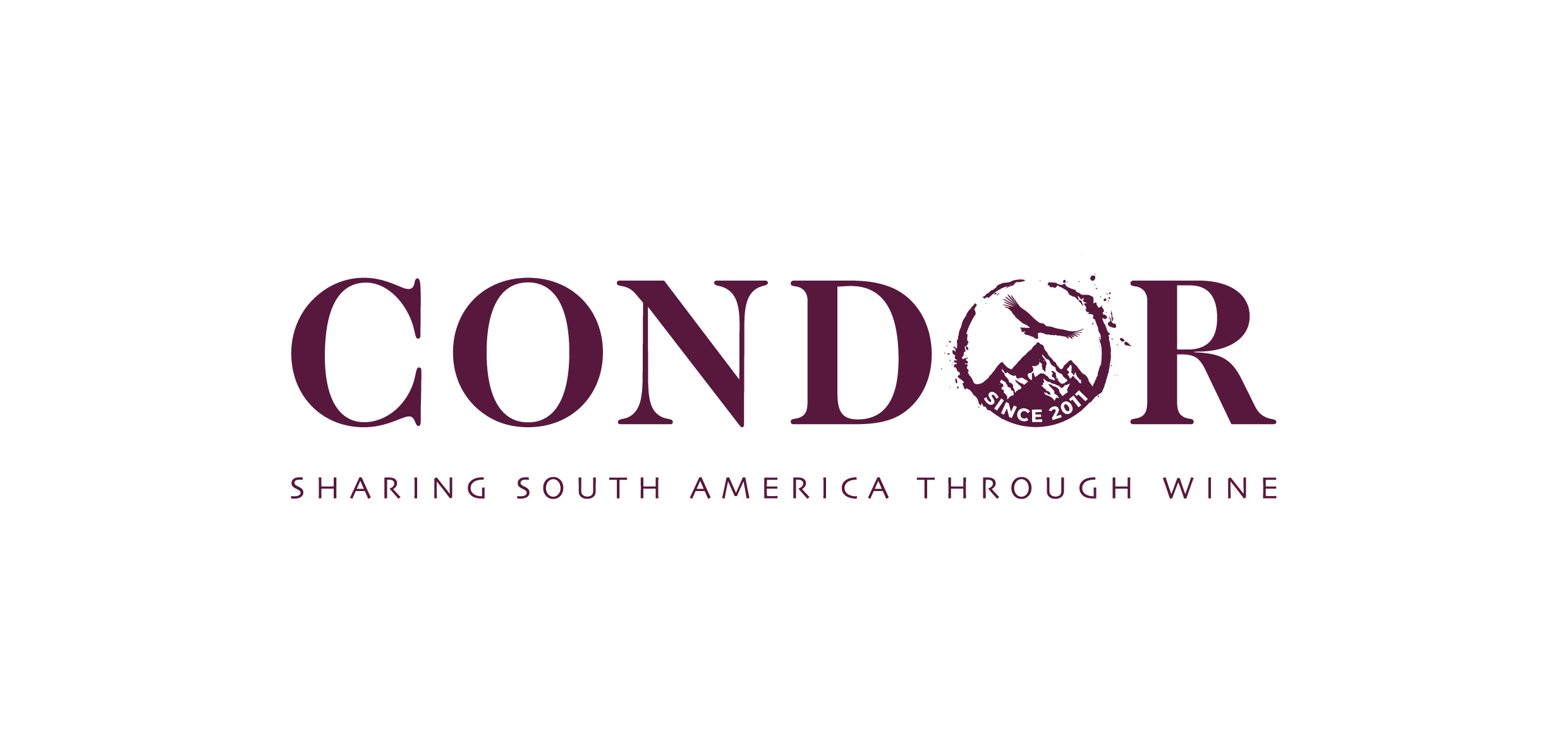It's not that many years ago that Richard Olney wrote in his seminal 'French Menu Cookbook' how he would have two bottles of La Tâche for a dinner – one for the pot and one for the table. The idea sounds positively barking today of cooking with a Pinot most of us may only taste in the afterlife – if we’re very well behaved. In 2025, for the majority of wine drinkers, a Fixin or a St Aubin is moving outside of everyday budget.
Before looking at some individual wine recommendations and discussing the price of Burgundy 2023, it is worth taking a brief skim over the 2023 growing season as that unlocks some of the main characteristics of the vintage and how the wines are showing.
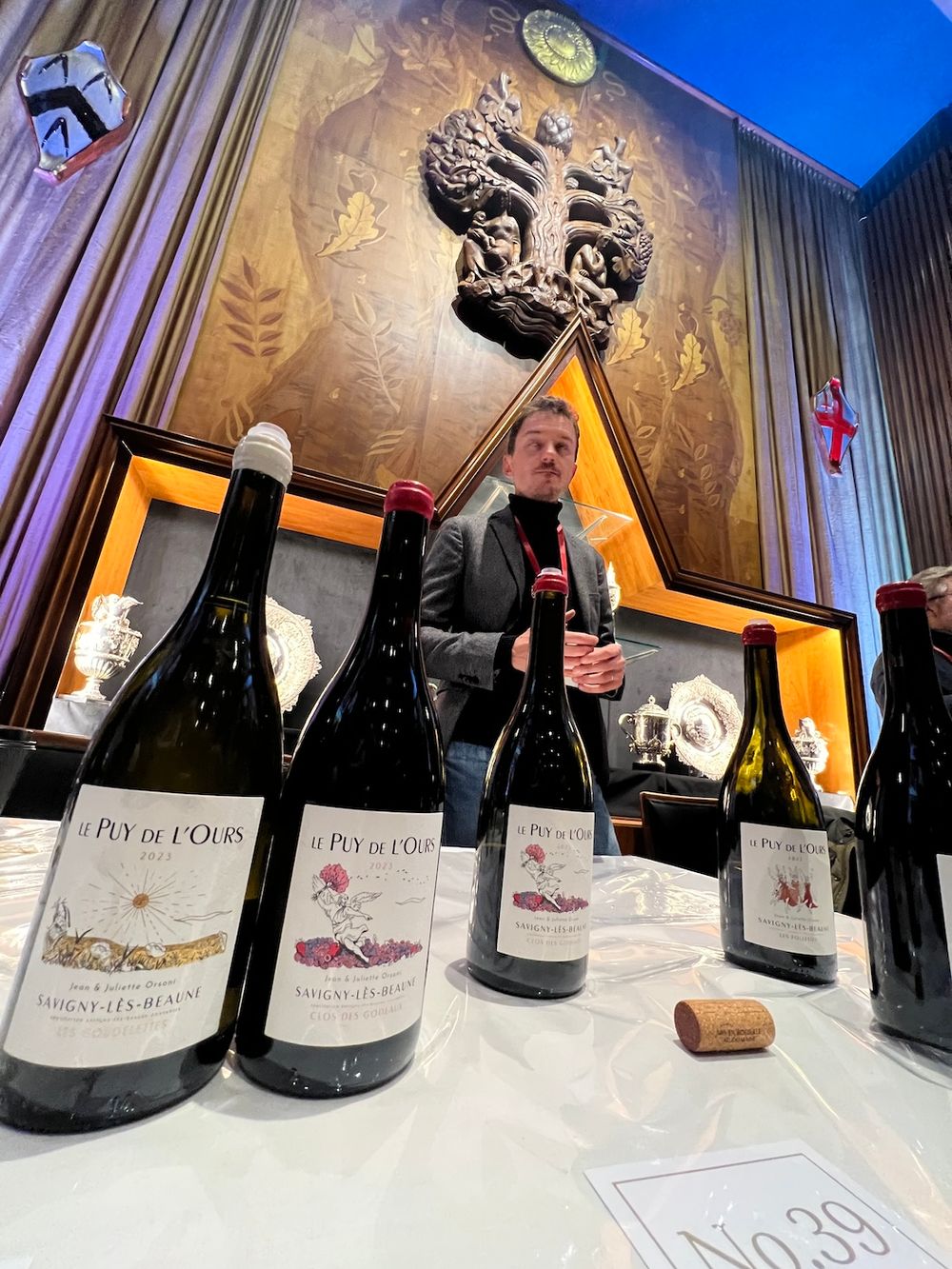
A new take on Burgundy: the wines of Le Puy de L’Ours at Corney & Barrow tasting, Carpenter's Hall, Jan 15 2025
Suffering the effects of climate change
If grapes are the ‘canary in the coal-mine’ then Burgundy 2023 – followed by what happened in the 2024 harvest – should be referred to as a ‘climate change’ vintage. Tasting the wines for the first time in Burgundy Week, which has just wrapped in the UK, you could also describe Burgundy 2023 as an inconsistent vintage or, depending upon how you want to spin it, a highly nuanced vintage … as erratic as the growing season that produced it.
The anomalies are decidedly kooky.
2023 was the hottest growing season on record and yet 2023 is not a ‘hot’ vintage. Why? Because the unusually warm winter months were responsible for the highest annual mean temperature, rather than any heat spikes which could have caused flabby over-ripeness in the wines. Water reserve levels coming into the year were good which also helped retain freshness.
Then there was rain and lots of it. So, even though there were fewer sun days during the growing period, there was an abundance of fruit… so much so that many growers carried out not one but two green harvests, the second one referred to as a ‘blue’ harvest, incidentally.
Then, when the sun eventually did come out during the second half of August the final maturity was at a furious pace, with alcohol rising by 1% every two days and the pickers having to harvest in 35°C.
So, with vats and barrels fuller than they have been for many a year there were smiles all round? Not a chance. Along comes the punishing weather of 2024 with many producers making next to no wine – William Fevre reports they lost 90% of their crop in Chablis, for example.
So, basically, if you are a winemaker in Burgundy, the weather really has been “un peu chiant”. Welcome to the new normal.

Flint Wines' tasting is rated the best of the bunch by Burgundy expert Jasper Morris MW
Winemaker style uppermost
Burgundy 2023 eschews generalisations and wine writers’ shorthand to categorise it. In Bordeaux we like to pigeonhole vintages according to whether they’re Right Bank or Left Bank, in Burgundy it’s either a Red vintage or a White vintage but in 2023 the honours are evenly shared.
Tasting 300 finished wines last week I can honestly say I have not tasted an En Primeur Burgundy vintage before where the winemaker style has been so apparent. One reason for this is that winemakers have different ways of coping with the problems of a tricky vintage, whether in the vineyard or the cellar. This individual approach is amplified when you consider how nuanced Burgundy is both in terroir and micro-climate. No winemaker’s story is the same which is why 2023 is regarded by the locals as “un millésime du vigneron.”
The use of whole bunch, for example, which has become almost dogmatic in recent years was more judiciously applied or abandoned altogether this year by many of the producers I talked to because the stems hadn’t lignified properly. In some vintages the process can also dilute terroir definition.
Extraction was generally more sensitively handled with ‘infusion’ the watchword. New oak use also toned down.
The results overall are really encouraging with classically proportioned reds showing a good deal of finesse – bright, with meltingly lush tannins that beg for early consumption. Many of the whites were on a par with the 2022s, with decent freshness and minerality, but more variable than the reds in my experience.
I started my tasting with the red wines in the Côtes de Nuits section of the Flint Wines tasting where there was not a bad wine on show – 2017 with the structure of 2020 for shorthand. All the reds were fresh, elegant, with low to moderate alcohol (12-13% abv the norm) with integrated, soft tannins – you just want to get stuck into them. Generally speaking the Côtes de Nuits wines were more red fruit than black and overall had attractive perfume rather than grunty underbrush. And yet within that broad framework the wines were very different from one another.
My notes on the Volnay and Pommard read ‘where are the tannins?’ – they are unbelievably soft and approachable confirming this as an early drinking vintage.
I was less keen on the whites at that tasting particularly the Pulignys and Chassagnes which were less saline than last year and perhaps a little stark. This lack in weight or depth I do question – too much juice? not enough green harvest? – and should be borne in mind generally by buyers of this vintage where unscrupulous producers (not saying at Flint) saw massive yields as a way of making much more wine than having more bunches to choose from.
At this tasting the Sauzet samples were gone within a few hours as you might expect but disappointing that Charles Boigelot’s hotly-anticipated two Monthelies were also finished less than halfway through the tasting – especially when sommeliers are having to dip into less-vaunted villages to find wines that better align quality with affordability.
The whites at the Corney & Barrow tasting I went to afterwards were the exact opposite – they seemed to be much more on song and had much better balance. The explanations could be many but the point is that 2023 is highly variable. If you can try before you buy I strongly recommend you do so.

On-trade buyers have to try and find harder-to-spot bargains amongst the Monthélies, Maranges, Aligotés and Gamays of this world
Never mind the quality feel the prices
Burgundy Week was positively echoing with the sound of “that’s delicious but how much?...” because the expression ‘what goes up must come down’ is true when related to gravity, but less so when applied to the price of Burgundy. For Burgundians the mantra seems to be more like ‘the only way is up’.
I’m not sure I can remember a time when the prices actually came down with Burgundy having enjoyed the fruits of a bull market for the past 20 years with prices going through the roof over the last 10. The long and short of it you see is that Burgundy 2023, even with some importers’ valiant attempts to nudge prices down, feels like a campaign that is over-priced – the second one in a row.
There is a disconnect between the prices of the 2023s, what is happening in the secondary market and with what wine buyers will be happy paying with no acknowledgment of the cost-of-living crisis, for example. Prices seem to go one way only with these wines which will make a lot of merchants nervous, especially when they want to hang onto their allocations.
On-trade buyers are still going to have to buy 2023 Chablis, Puligny, Meursault and a Pinot or two because they’re important listings but many will have to try and find harder-to-spot bargains amongst the Monthélies, Maranges, Aligotés and Gamays of this world. There could also be a resistance from collectors who already have cellars of wine and may ask themselves ‘Do I really need another vintage?’
The UK is the only global market where buyers can easily access four or five back vintages of a wine – so the incentive is there for UK buyers to dip into the secondary market – there is good availability of the 2017s for example, a vintage that bears many similarities to 2023, at cheaper prices, and the same is true of the 2019s.
Yesterday I got a consumer offer from Lay & Wheeler on a 2023 village Chablis of good repute but why would I want to buy it if I can buy the 2019 for 75% of the price? or buy 2021 cheaper? I’ve tasted this 2023 and it’s well made, classic Chablis but it’s not opening my wallet. You can actually buy a 12 pack of half bottles of the 2019 of a 1er Cru from the same producer for less than half of the 2023 price – and the importer has 360 of these cases still in stock.
Similarly, a delicious Nuits-Saint Georges 1er Cru shown at the Flint tasting which was £510 IB for a 6-pack was on Farr’s sale, from the 2021 vintage, for just £100 more – and that’s for 12 bottles. I could go on.
Price rises historically in the region have been attributed to poor harvests and a lack of wine but given the abundance of fruit in 2023 is it not unreasonable to expect some reduction?
The reasons given by many producers why they have not dialled down the 2023s is the catastrophic 2024 harvest which will impact cash flow next year. But, as Guy Seddon, Corney and Barrow’s head of fine wine buying said on this site “that is not the concern of our customers.”
Are the Burgundian producers really living so hand-to-mouth?
Based on this logic, then, prices are not going to be addressed until 2026 and only then if both 2025 and 2026 are bumper harvests or… unless the Burgundians see sense and reduce prices.
Some merchants I talked to said they were nervous about Burgundy 2023 as a campaign because of the prices: “I don’t have confidence in the market at the moment nor the prices. I think this will be a year of failed releases before brand owners and producers understand that they have to re-set their prices to where they were four to five years ago,” they said.
Apart from the UK’s secondary market, buyers here are also blessed with access to wines from all over the globe and I can foresee buyers looking elsewhere for alternatives….
“What wines am I going to be buying from 2023? A 6-pack of 2023 Estate Chardonnay, Kumeu River (£90 IB) and a 6-pack of 2023 Chiroubles, Domaine de la Grosse Pierre (£66 IB).”
Some 'lower end' Burgundy 2023 that over-delivered
So, given all of the above, I naturally decided to concentrate my tasting at the lower end of prices where quality and value were more closely aligned this year. True the Echezeaux and Meursault Perrières are arguably the stars of the vintage but… reality check!
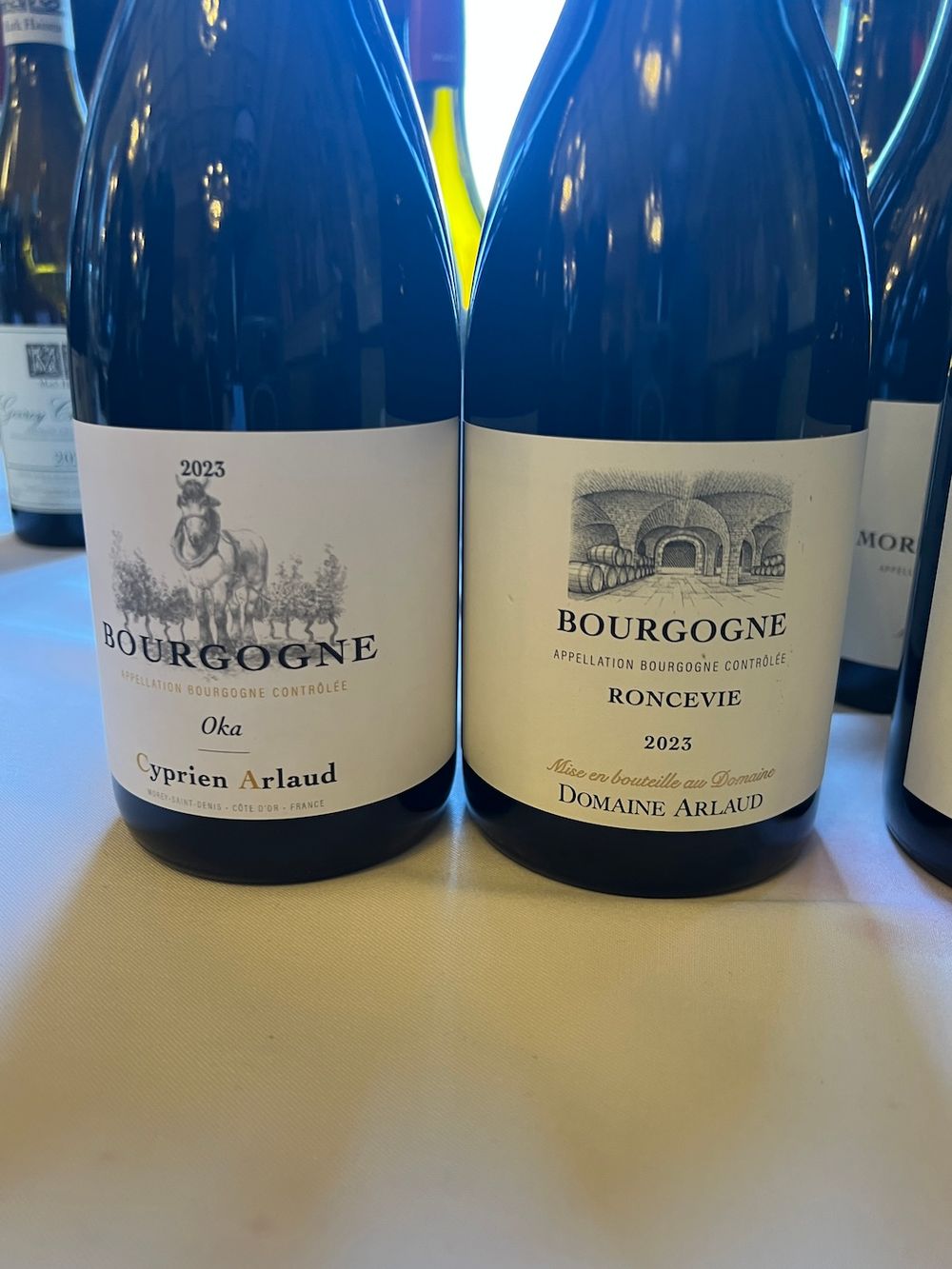
2023 Bourgogne Roncevie Domaine Arlaud Père et Fils (£222 IB: 12 x 75cl)
The ‘négoce’ OKA (£195 IB: 12 x 75cl) and domaine Roncevie wines shone through with quality, biodynamically-farmed fruit and clearly expert winemaking, with judicious use of oak and whole bunch. Both wines had an old school ‘farmyard’ nose with fabulous acidity and length. Great on-trade wines both. (Flint Wines)
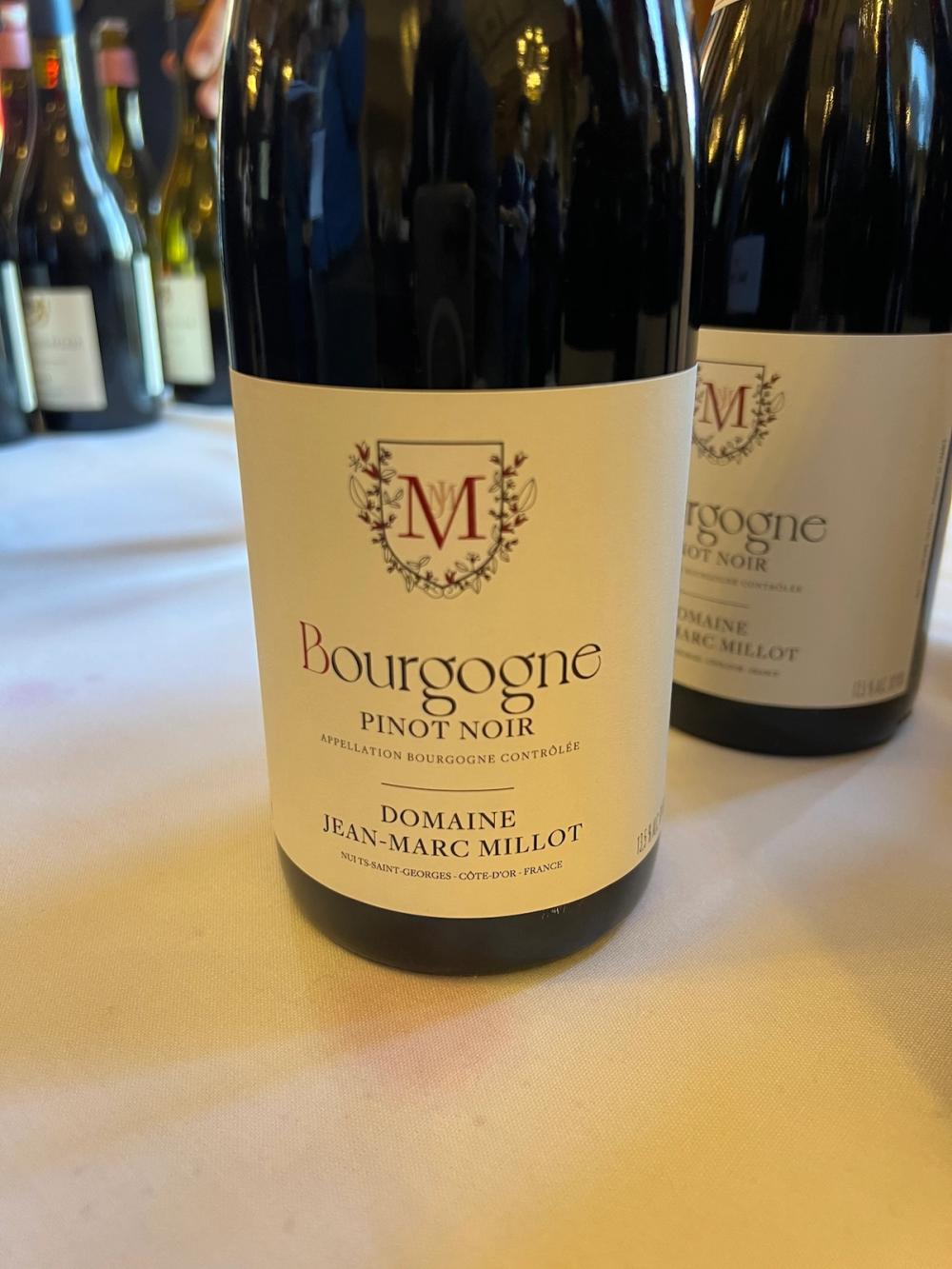
2023 Bourgogne Pinot Noir, Jean-Marc Millot (£90 IB: 6 x 75cl)
Rising star Alix Millot’s eighth solo vintage has just a condiment amount of whole bunch which brings crunch to this classic old-school style Pinot. I liked the earthy, primary, black fruit here, cardamom perhaps? Fresh and juicy. What’s not to like. (Flint Wines)
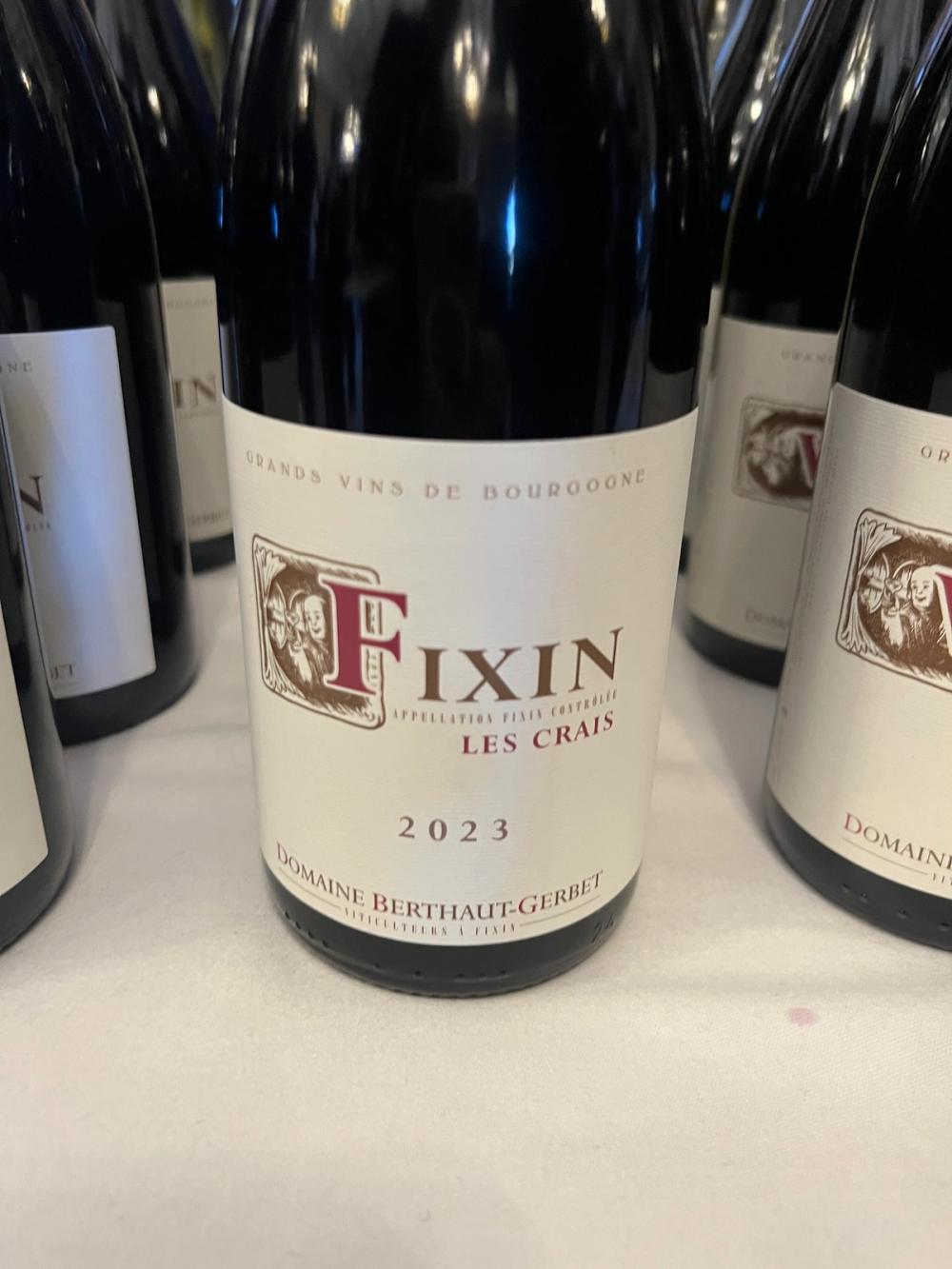
2023 Fixin ‘Les Crais’, Berthaut-Gerbet (£150 IB: 6 x 75cl)
Fast becoming the ‘poster person’ for a region that is slowly regaining some of its status, Amélie Berthaut’s beautifully balanced Fixin is juicy, layered and textured. (Flint Wines)
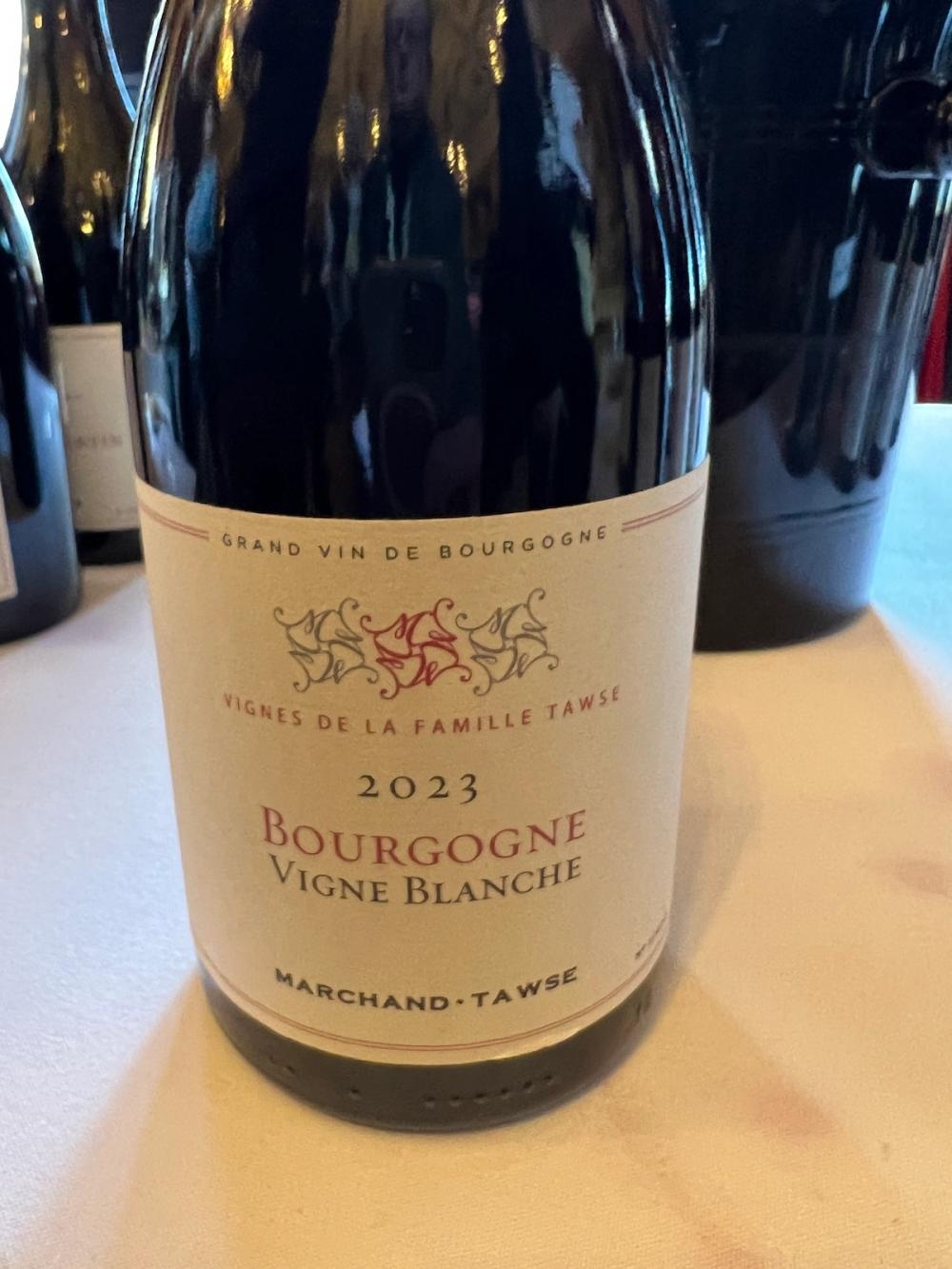
2023 Bourgogne Vigne Blanche, Marchand-Tawse (£114 IB: 6 x 75cl)
An estate that goes from strength to strength under the direction of Mark Fincham (ex-Pégau). This plot is on the border of the village vineyard, comes from 65-year-old vines. See-through, clean, fresh, exquisite balance. Great value. (Flint Wines)
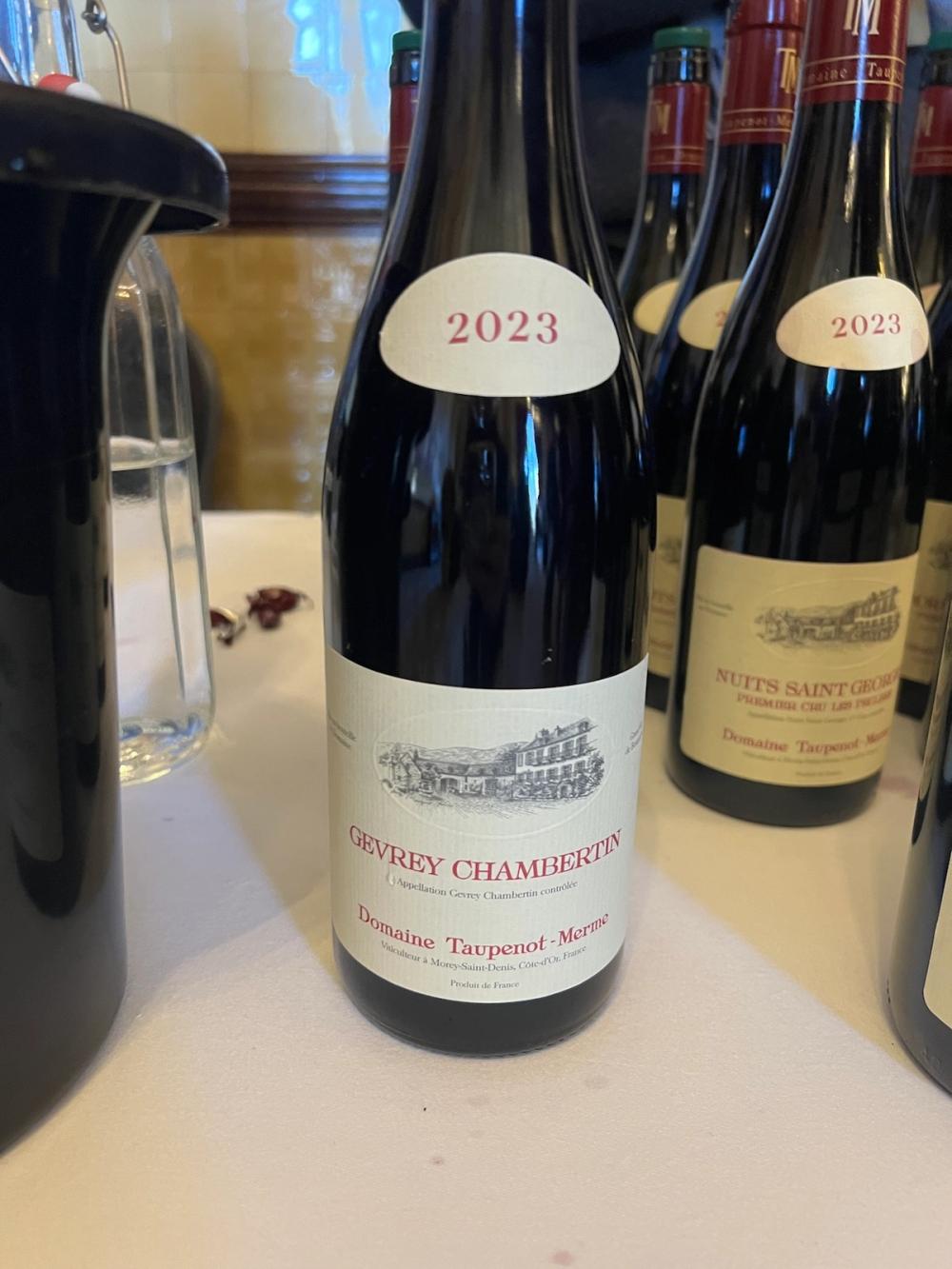
2023 Gevrey-Chambertin, Taupenot-Merme (£282 IB: 6 x 75cl)
Best Gevrey village wine of the day – lovely perfume, concentration (in classic proportions) with good body and depth and a disarming elegance. Very good indeed but at roughly £60 for a village Gevrey it needs to be. (Flint Wines)

2023 Savigny-Lès-Beaune, Clos des Godeaux, Le Puy de L’Ours (£215 IB: 6 x 75cl)
Third vintage for this young estate that is new to the Corney & Barrow stable. This white and red stood out for the palpable energy in the wines. Lovely fresh take on Burgundy but the lack of track record may be an issue on a list, despite the obvious quality. (Corney & Barrow)
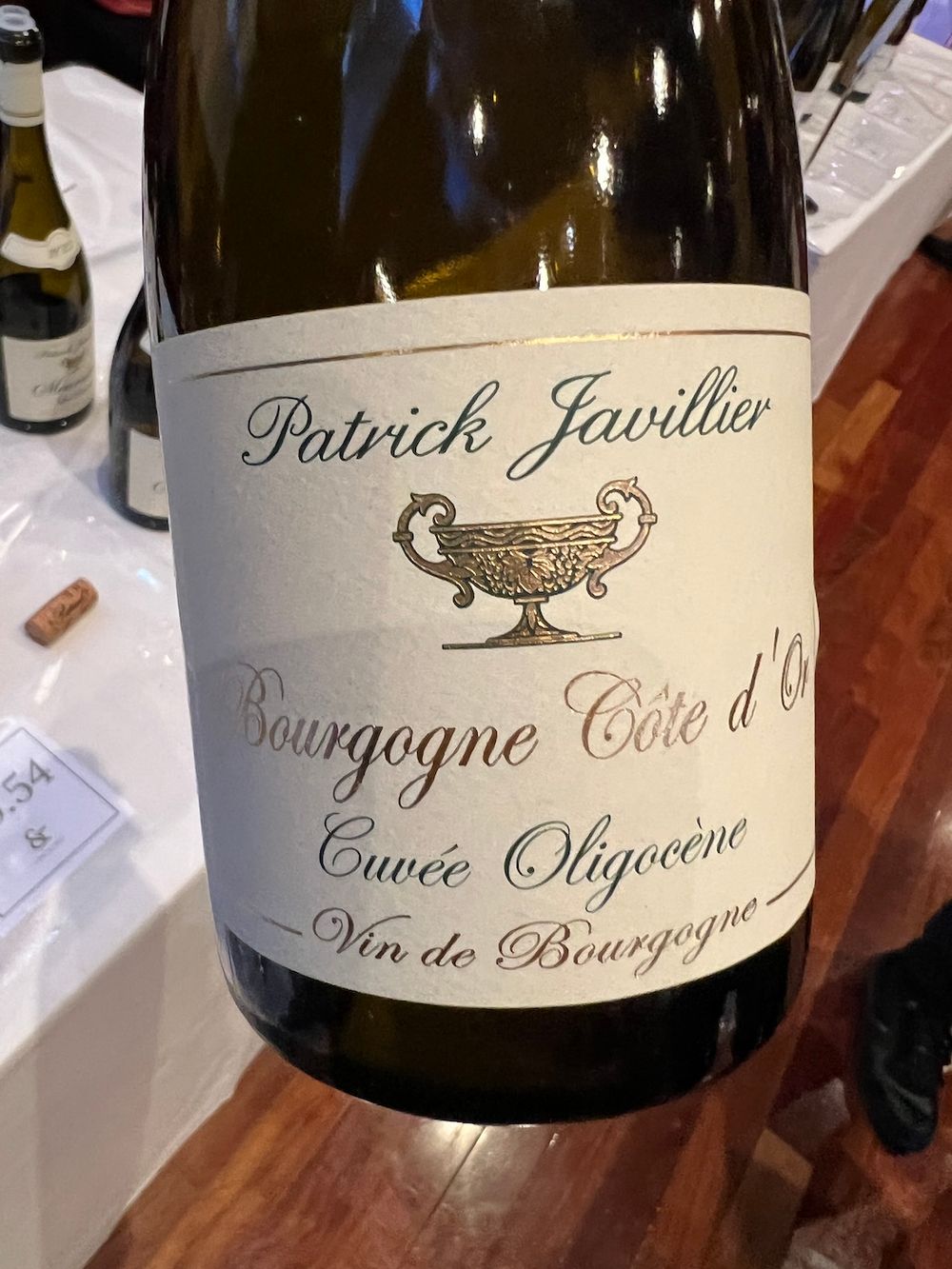
2023 Bourgogne Côte d’Or Cuvée Oligocène, Patrick Javillier (£150 IB: 6 x 75cl)
Gorgeous citrus notes dominate this dependable and age-worthy white from the heart of Meursault. Fresh, balanced with terrific depth and complexity. It's a sad year when I do not buy a 12-pack. (Corney & Barrow)
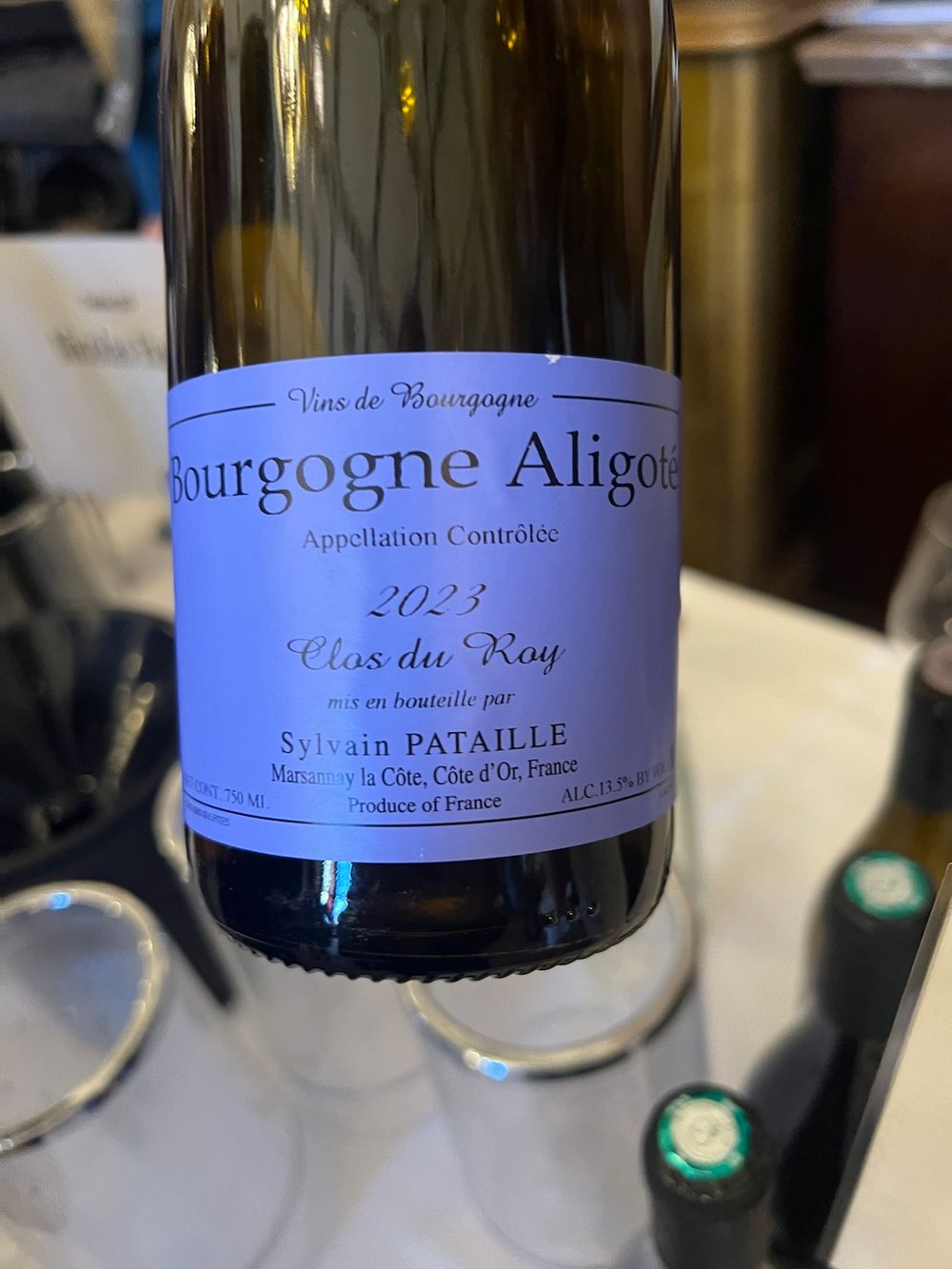
2023 Bourgogne Aligoté ‘Clos du Roy’, Sylvain Pataille (£240 IB: 6 x 75cl)
The paperwork still hasn’t been completed for approving his 1er cru Marsannays but, in the meantime, Pataille's spectacular Aligoté has got it all. More instantly approachable than ’22. Chunky price for an Aligoté but he is the master. Stick or twist. (Flint Wines)
2023 Bouzeron, Domaine de Villaine (£150 IB: 6 x 75cl)
Yes those Villaines. Like the Pataille this Aligoté can be drunk now or aged for up to two decades. Just please don’t add cassis. (pic not taken). (Corney & Barrow)
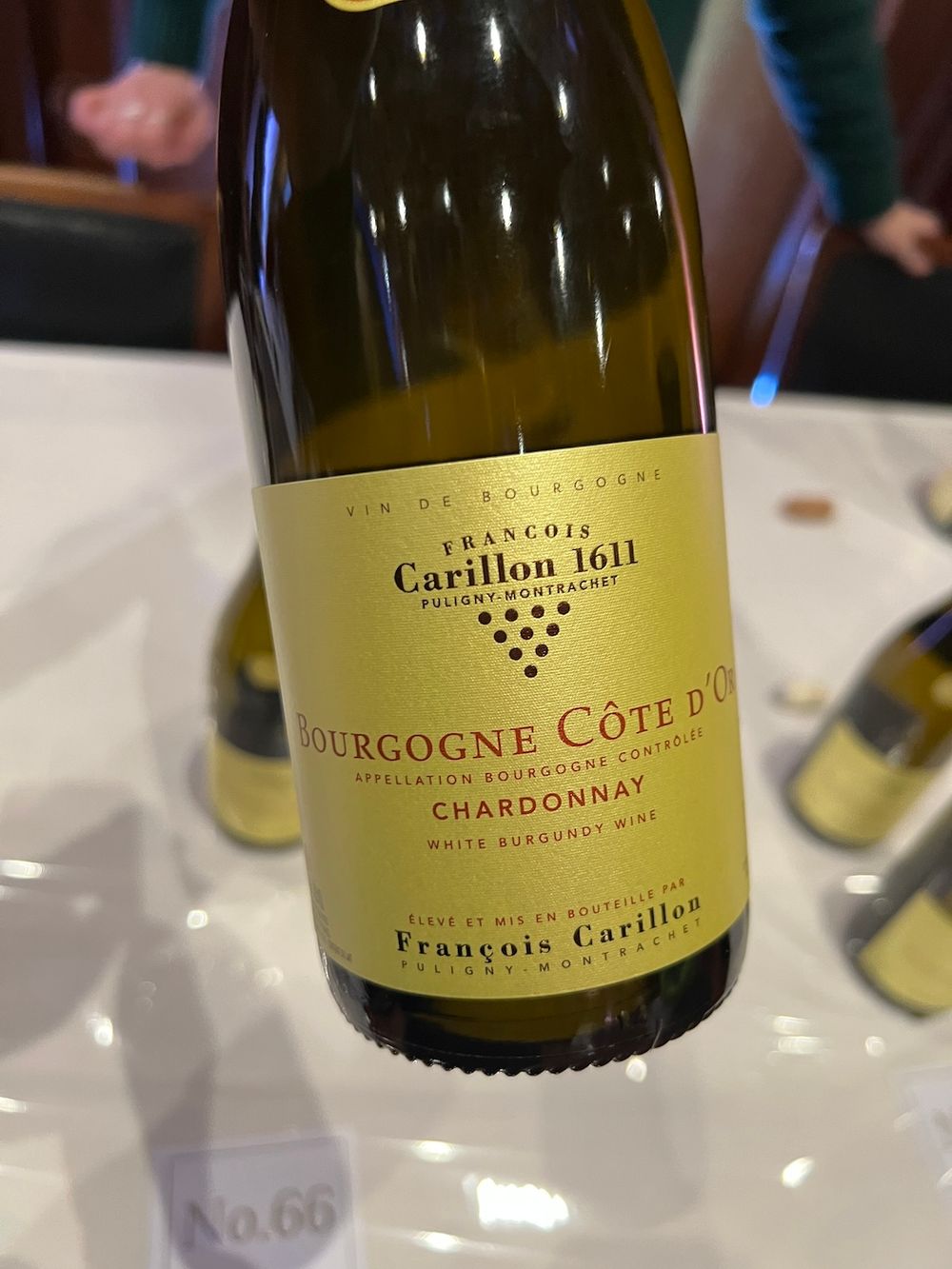
2023 Corney & Barrow Bourgogne Côte d’Or Chardonnay (£145 IB: 6 x 75cl)
Corney has been the exclusive distributor for François Carillon’s wines since his inaugural 2010 vintage although the winemaking history here goes back 16 generations. Clean, tasty fruit, textural richness and a backbone of fresh acidity. (Corney & Barrow)

2023 Chablis 1er Cru Vaillons, William Fevre (£249 IB: 6 x 75cl)
All of the Fevre range were clean as a whistle with steely acidity that, in this case, almost prickled on the tongue. For me the Vaillons stood out for its greater generosity and range of orchard fruit with sharp citrus finish. Barrel sample label. (Fells)


